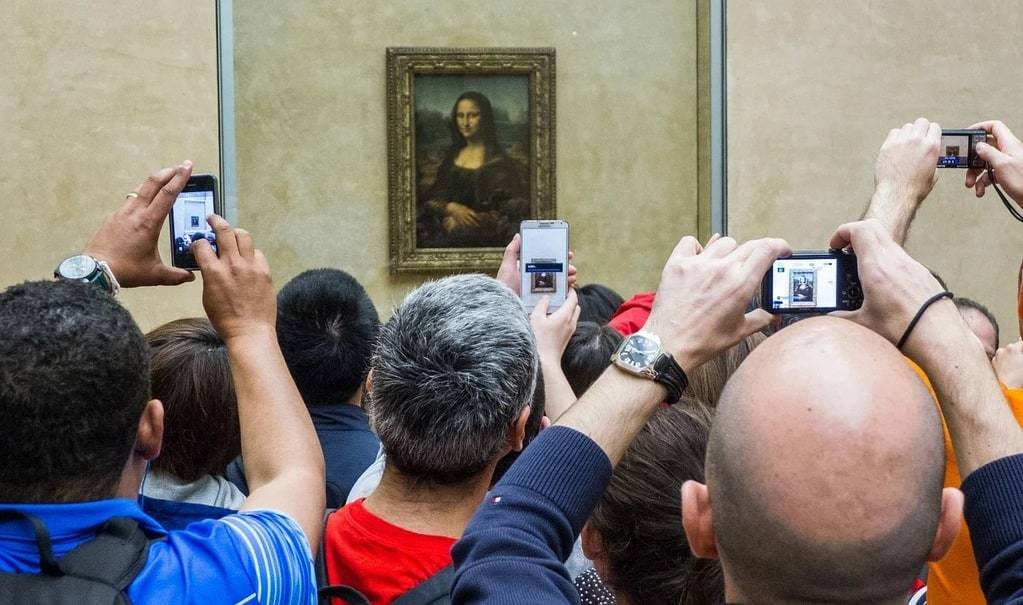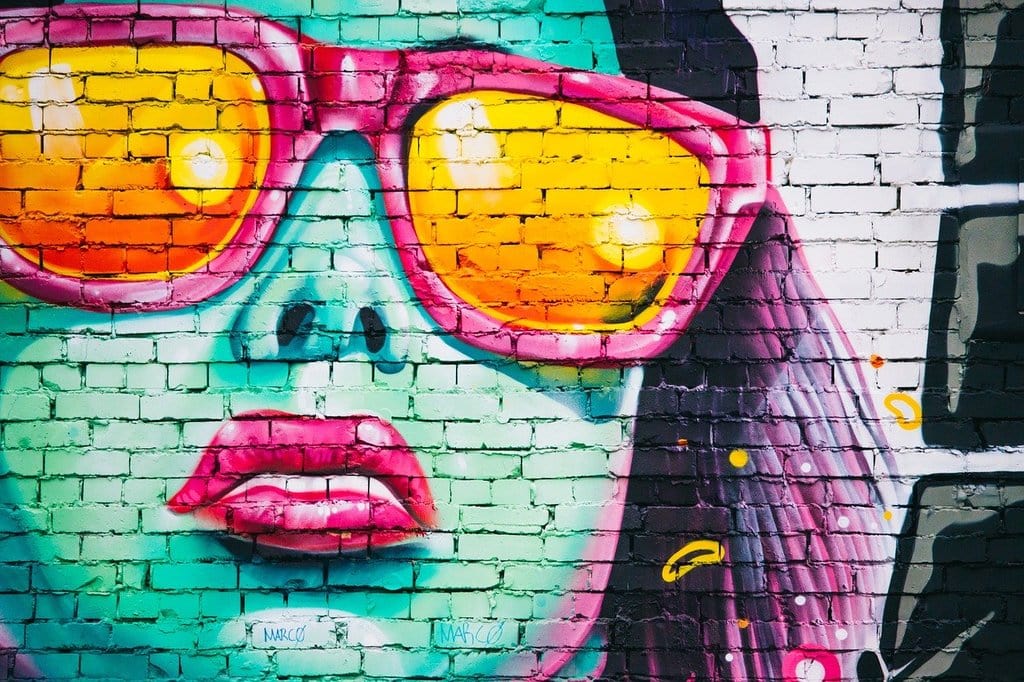Philosophical reflections on the purpose of art
Art has been an intrinsic part of human civilization for thousands of years, serving as a mirror to society, a window into the soul, and a means of communication that transcends the boundaries of language and culture. Throughout history, the role and purpose of art have been topics of deep philosophical inquiry, provoking thought and debate. What, then, is the true purpose of art? Is it merely a tool for aesthetic pleasure, or does it hold a deeper, more profound significance? This question has engaged thinkers from various disciplines, each offering unique perspectives that continue to enrich our understanding of art’s place in human life.
The Role of Art in Human Experience
Art, in its many forms, has always been more than just a source of beauty or entertainment. It can serve as a means of expression, allowing individuals to convey complex emotions and ideas that might otherwise remain unspoken. Through its capacity to evoke feelings, provoke thoughts, and inspire action, art has the power to shape human consciousness and society. From the cave paintings of prehistoric times to the digital creations of today, every artistic endeavor reflects the aspirations, anxieties, and values of its creator and their culture.
One significant aspect of art is its potential to challenge established norms and provoke critical thinking. By pushing boundaries and exploring controversial themes, artists can expose societal flaws, question accepted truths, and offer new perspectives. This transformative power of art suggests that its purpose goes beyond mere representation; it engages with the very fabric of human thought and culture, encouraging viewers to look deeper and think more critically about the world around them.

Art as a Reflection of Society
Art often serves as a reflection of the society from which it emerges. Through various forms, artists have documented historical events, social movements, and cultural shifts, providing future generations with a visual and emotional record of their time. For example, the works of the Romantic period reflect the era’s emphasis on emotion and individualism, while the art of the Renaissance embodies the rediscovery of classical ideals and the celebration of human potential.
Moreover, art can act as a catalyst for change, giving voice to marginalized groups and bringing attention to issues that might otherwise be ignored. When artists use their work to highlight injustice or advocate for change, they remind society of the power of the visual narrative to influence public opinion and, ultimately, to alter the course of history.
Art as a Journey into the Self
While art is often seen as a reflection of external realities, it is equally a journey into the inner world of the artist. Each piece is a manifestation of the creator’s unique perspective, experiences, and emotions. This introspective aspect of art allows viewers to connect with the artist on a profound level, sharing in the exploration of universal themes such as love, loss, hope, and despair.
The purpose of art, therefore, can also be understood as a search for personal meaning. Artists may use their work to explore their identity, grapple with existential questions, or seek solace in times of turmoil. This quest for understanding through creation is what makes art a deeply personal, yet universally relatable, human endeavor.
The Transformative Power of Art
One of the most compelling arguments for the purpose of art is its ability to transform both the creator and the observer. Creating art can be a therapeutic process, offering a way to process emotions, heal trauma, and find clarity. For the observer, engaging with art can be equally transformative, providing moments of insight, inspiration, or catharsis.
These transformative experiences underscore the notion that art serves as a bridge between the material and the metaphysical, connecting individuals to deeper truths about themselves and the world around them. This aspect of art highlights its role as a powerful tool for personal and collective growth.
Key Purposes of Art in Human History
Throughout history, art has served various purposes, each reflecting the unique context of its time and place. Here are some key roles that art has played :
- Expression of Belief: from ancient religious icons to modern spiritual themes, art has been a medium through which people express their beliefs and explore the mysteries of existence.
- Social Commentary: art has often been used to critique societal norms and challenge political or cultural authorities.
- Preservation of Culture: many artworks serve as cultural artifacts, preserving the traditions, stories, and values of civilizations for future generations.
- Aesthetic Enjoyment: art provides beauty and pleasure, offering an escape from the mundane aspects of everyday life.
- Personal Exploration: for many artists, creating art is a way to explore personal identity, emotion, and the human condition.
Each of these roles demonstrates the multifaceted nature of art and its profound impact on both individual lives and society as a whole.
Beyond the Material
In considering the purpose of art, it is essential to look beyond its physical form and monetary value. While art can be a commodity, its true value lies in its ability to evoke thought, emotion, and dialogue. Art is not confined to museums or galleries; it exists wherever there is a creative impulse to express the inexpressible. Its purpose, then, is not to serve as an object of possession but as a vessel of meaning and connection.
Ultimately, the purpose of art may never be fully defined, as it continues to evolve with humanity itself. However, its enduring presence and influence suggest that it fulfills a fundamental need within the human spirit—a need to seek, to question, and to understand both the world and the self in ways that words alone cannot. Through art, humanity finds not just reflection, but transformation.
